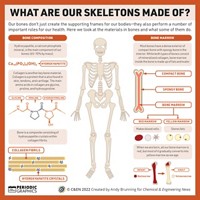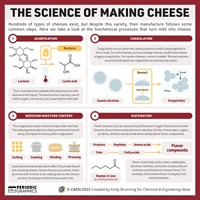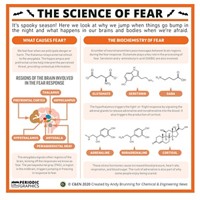Advertisement
Grab your lab coat. Let's get started
Welcome!
Welcome!
Create an account below to get 6 C&EN articles per month, receive newsletters and more - all free.
It seems this is your first time logging in online. Please enter the following information to continue.
As an ACS member you automatically get access to this site. All we need is few more details to create your reading experience.
Not you? Sign in with a different account.
Not you? Sign in with a different account.
ERROR 1
ERROR 1
ERROR 2
ERROR 2
ERROR 2
ERROR 2
ERROR 2
Password and Confirm password must match.
If you have an ACS member number, please enter it here so we can link this account to your membership. (optional)
ERROR 2
ACS values your privacy. By submitting your information, you are gaining access to C&EN and subscribing to our weekly newsletter. We use the information you provide to make your reading experience better, and we will never sell your data to third party members.
Biological Chemistry
Periodic Graphics
Periodic Graphics: The chemistry of plant flowering
Chemical educator and Compound Interest blogger Andy Brunning explains the chemistry of flowers and their colors and scents.
by Andy Brunning, special to C&EN
March 14, 2021
| A version of this story appeared in
Volume 99, Issue 9


To download a pdf of this article, visit https://cenm.ag/flowercolor.
References used to create this graphic:
Choi, Charles Q. “A Blossoming Field of Research: How Florigen Is Transported to Create Flowers.” PLOS Biol. (April 2012). DOI: 10.1371/journal.pbio.1001311.
Des Marais, David L. “To Betalains and Back Again: A Tale of Two Pigments.” New Phytol. 207, no. 4 (Sept. 2015): 939–41.
Grotewold, Erich. “The Genetics and Biochemistry of Floral Pigments.” Annu. Rev. Plant Biol. (June 2006). DOI: 10.1146/annurev.arplant.57.032905.105248.
A collaboration between C&EN and Andy Brunning, author of the popular graphics blog Compound Interest
To see more of Brunning’s work, go to compoundchem.com. To see all of C&EN’s Periodic Graphics, visit http://cenm.ag/periodicgraphics.
CORRECTION:
This graphic was updated on March 17, 2021, to correct the example of a phenylpropanoid aroma compound. β-Damascone is not a phenylpropanoid; it's a degradation product of a carotenoid. We replaced it with 2-phenylethanol.





Join the conversation
Contact the reporter
Submit a Letter to the Editor for publication
Engage with us on Twitter